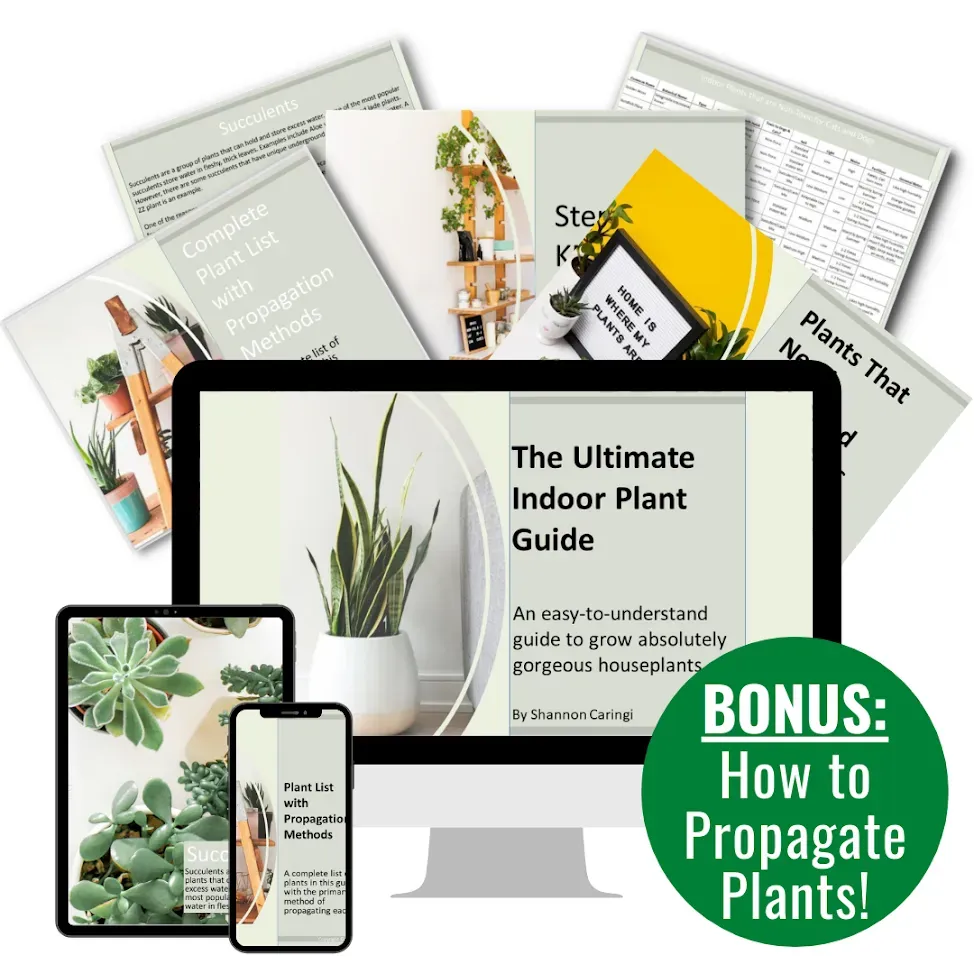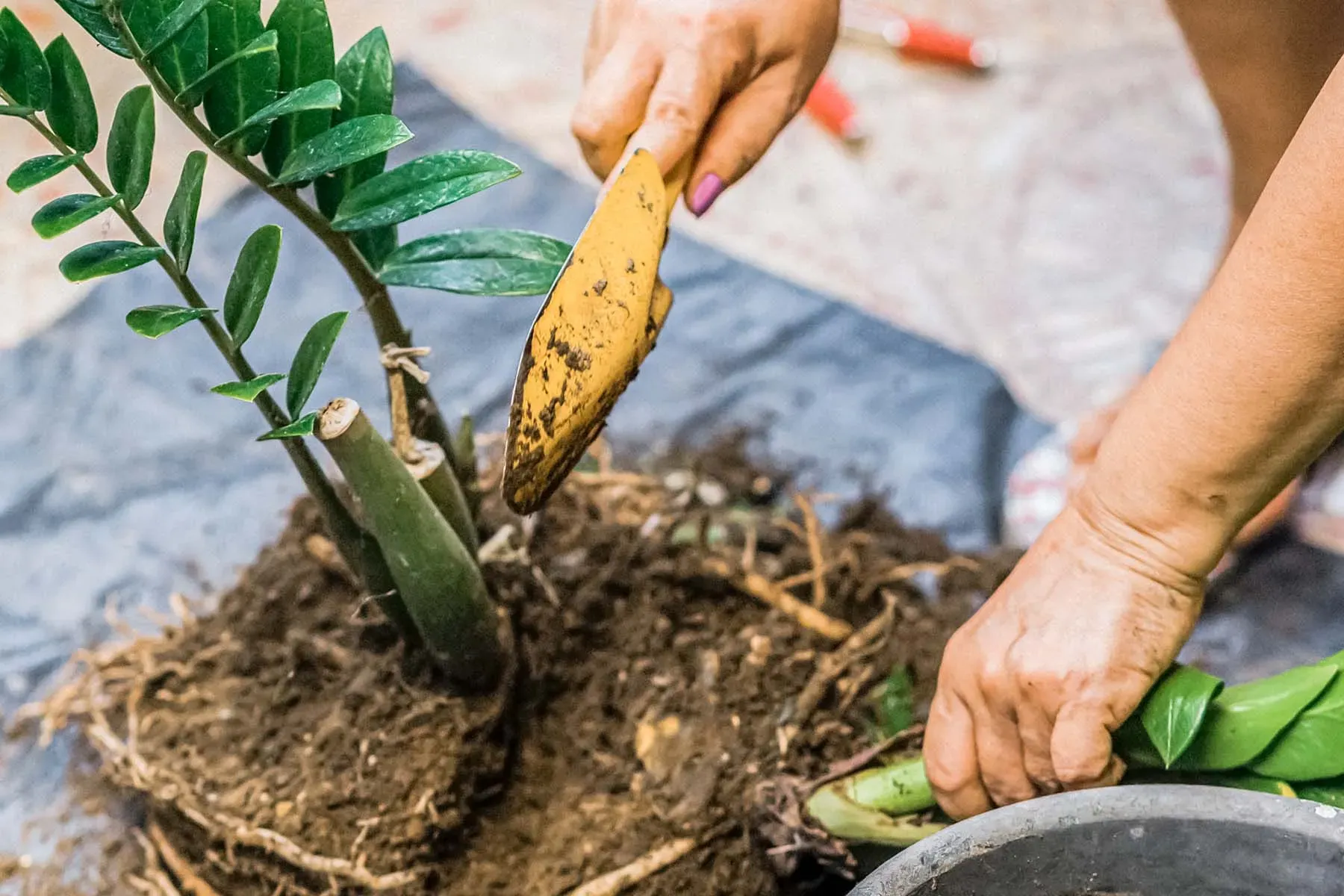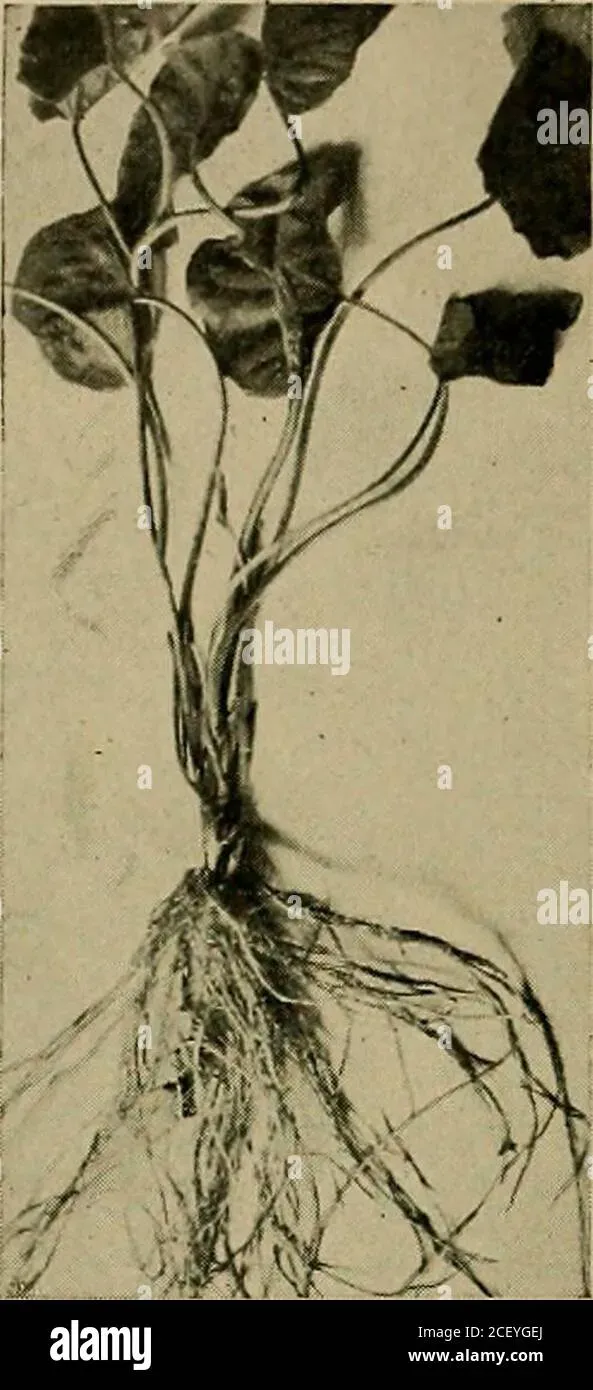Table of Contents
lilyflower.homes,="" we're="" passionate="" sharing="" knowledge="" helps="" grow="" green="" thumb.="" in="" this="" article,="" we'll="" investigate="" into="" methods,="" exploring="" basics,="" common="" mistakes="" avoid,="" and="" advanced="" techniques="" for="" experts.="" whether="" seasoned="" gardener="" or="" just="" starting="" out,="" guide="" will="" master="" art="" using="" various="" methods.="" so,="" let's="" get="" started="" progression="" discovery!<="" p="">
Access The Ultimate Propagation Methods For Your Garden
Understanding Propagation Methods in Gardening
Understanding Propagation Methods In Gardening
Hi there, fellow gardeners! If you're as excited as I am about growing new plants, you're probably eager to learn about the different propagation methods out there. Propagation is the process of creating new plants from existing ones, and it's a fantastic way to share plants with friends, expand your garden, and even preserve rare species. In this article, we'll explore the basics of propagation methods, and I'll share some tips and tricks to help you get started.
So, why is propagation so important? For one, it allows us to multiply our favorite plants and share them with others. It's also a great way to preserve the genetic material of a plant, ensuring that its unique characteristics are passed down to future generations. Plus, propagation can be a fun and rewarding experience, especially when you see your new plants thrive.
Propagation Method | Plant Type | Success Rate |
|---|---|---|
Seeds | Annuals and perennials | High |
Stem cuttings | Herbs and woody plants | Medium |
Division | Perennials and grasses | High |
There are several types of propagation methods, each with its own advantages and disadvantages. Some popular methods include seeds, stem cuttings, division, and layering. Seeds are a great way to propagate annuals and perennials, while stem cuttings work well for herbs and woody plants. Division is ideal for perennials and grasses, and layering is a good option for plants with long stems.
If you're new to propagation, it's a good idea to start with seeds. Seeds are relatively inexpensive and easy to obtain, and they offer a high success rate. Simply plant the seeds in a well-draining potting mix, water them regularly, and provide adequate light and temperature.
- Soil Requirements for Propagation
- Watering Tips for Propagated Plants
- Sunlight Requirements for Propagated Plants
As you can see, propagation is a fascinating world that offers many opportunities for creativity and experimentation. Whether you're a seasoned gardener or just starting out, I hope this article has inspired you to try your hand at propagation. Happy gardening!
Exploring Different Propagation Methods for Plant Success
As a gardener, you want to ensure that your plants thrive and multiply. That's where propagation methods come in – a set of techniques that allow you to create new plants from existing ones. In this section, we'll explore different propagation methods, including seeds, stem cuttings, division, and layering.
Seed Propagation: A Simple and Effective Method
Seed propagation is one of the most common methods of plant propagation. It involves sowing seeds in a well-draining potting mix and providing the right conditions for germination. This method is ideal for annuals and perennials, and it's a great way to share plants with friends or expand your garden quickly. For example, you can use seed propagation to grow a variety of flowers, such as sunflowers or zinnias, from seed.
According to the American Society for Horticultural Science, "seed propagation is a cost-effective and efficient way to produce large numbers of plants." To learn more about seed propagation, check out our guide on container growing.
Seed Propagation Methods | Best Plants to Use | Success Rate |
|---|---|---|
Direct Sowing | Annuals and perennials | High |
Indoor Sowing | Vegetables and herbs | Medium |
Outdoor Sowing | Flowers and grasses | High |
Another method of plant propagation is stem cutting. This involves taking a section of stem from a mature plant and rooting it to create a new plant. This method is ideal for herbs and woody plants, and it's a great way to share plants with friends or expand your garden quickly.
Stem Cutting: A Great Method for Herbs and Woody Plants
Stem cutting is a popular method of plant propagation, especially for herbs and woody plants. This method involves taking a section of stem from a mature plant and rooting it to create a new plant. The key to successful stem cutting is to choose healthy, disease-free stems and provide the right conditions for rooting.
- Take 3-4 inch stem cuttings from a mature plant
- Remove lower leaves and trim the stem
- Dip the stem in rooting hormone
- Plant the stem in a well-draining potting mix
- Water and provide the right conditions for rooting
According to the National Gardening Association, "stem cutting is a great way to propagate herbs, such as basil and rosemary, and woody plants, such as hydrangeas and lilacs." To learn more about stem cutting, check out our guide to fungicides.
The Science Behind Propagation Methods: How to Maximize Growth
Understanding Root Development
Propagation isn't just about creating new plants; it's also about understanding how roots grow. Roots are the lifelines of a plant, absorbing water and nutrients from the soil. When you propagate a plant, the goal is to encourage strong, healthy root development. Think of it like building a strong foundation for a house. If the foundation is weak, the house will crumble. Similarly, if the roots are weak, the plant won't thrive.
For example, when you take a stem cutting, the key is to ensure the cutting has enough energy to develop roots. This is where rooting hormones come in handy. They promote root growth by mimicking the plant's natural hormones. Check out our guide on to learn how to protect your cuttings from diseases while they root.
Propagation Method | Rooting Process | Time to Root |
|---|---|---|
Seeds | Seedlings develop roots as they germinate | 1-2 weeks |
Stem Cuttings | Roots form from the cut end | 2-4 weeks |
Division | Existing roots are divided and replanted | Immediate to 1 week |
The Role of Environmental Factors
Just like humans, plants need the right environment to grow. When you propagate, you're essentially giving a plant a new start, and the environment you provide can make or break its success. Think of it like setting up a nursery for a baby. The plant needs the right temperature, light, and moisture to thrive.
For instance, when you're using stem cuttings, the environment should be warm and humid to mimic the natural conditions that encourage root growth. You can create a mini-greenhouse by covering the cutting with a plastic bag to maintain humidity. Our guide on humidity preferences can help you create the perfect environment for your plants.
- Temperature: 70-75°F (21-24°C) is ideal
- Light: Indirect sunlight or a grow light
- Moisture: Keep the soil moist but not waterlogged
Choosing the Right Propagation Methods for Your Garden
Choosing The Right Propagation Methods For Your Garden
Picking the perfect propagation method is like choosing the right tool for a job – you wouldn't use a hammer to screw in a screw, right? It all depends on what you're working with! Some plants are super easy to grow from seed, like sunflowers. Toss those babies in the ground and watch them grow! Others, like roses, are a bit fussier. They prefer being propagated by cuttings or layering. It's all about understanding your plant's personality.
Think about the plant you want to propagate. Is it a fast-growing annual, or a slow-growing perennial? Does it produce lots of seeds, or does it make more sense to take cuttings? For example, if you're trying to grow more herbs, stem cuttings are often a much faster and more reliable method than starting from seed. Want to learn more about getting those cuttings to root? Check out our guide on for success!
Plant Type | Best Propagation Method | Why? |
|---|---|---|
Easy-to-grow annuals (like zinnias) | Seeds | Lots of seeds, quick germination |
Herbs (like basil) | Stem cuttings | Faster than growing from seed |
Perennials (like hostas) | Division | Quick and easy way to multiply plants |
Another thing to consider is your own skill level. If you're a beginner, starting with seeds or division might be easier. They often have higher success rates, giving you a confidence boost. However, if you're feeling adventurous, try stem cuttings! It's like a mini-science experiment. And remember, even experienced gardeners sometimes have setbacks. That's part of the fun, learning from mistakes!
Don't forget about the space you have available. If you're short on space, starting seeds indoors in small containers might be best. This gives you control over the environment and allows you to start plants early in the season. Need help with that? Our guide on has you covered. But if you have plenty of room, direct sowing seeds outdoors is a great option.
- Consider the plant's growth habit
- Think about your skill level
- Factor in the space you have
Finally, remember that propagation isn't always about speed. Sometimes, it's about preserving a special plant or creating a unique variety. Maybe you have a prized rose bush you want to share with a friend. Or maybe you've developed a unique hybrid. In these cases, taking cuttings or layering might be the best way to ensure the plant's unique characteristics are passed on. Want to know more about caring for your precious blooms? See our lily care guide!
Ultimately, the best propagation method depends on your specific needs and the plant you're working with. Don't be afraid to experiment and have fun! Gardening is all about learning and growing – both for you and your plants! And if things don't go perfectly the first time, don't sweat it! Even experienced gardeners sometimes have plants that don't make it. Just keep trying, and you'll become a propagation pro in no time!
Final Thought
Plant propagation is an art that requires patience, practice, and the right knowledge. By understanding different propagation methods and how to use them effectively, you can take your gardening skills to the next level. Remember, every plant is unique, and what works for one may not work for another. Experiment with different methods, and don't be afraid to try new things. With time and practice, you'll become a pro at plant propagation, and your garden will flourish as a result. Happy gardening!